The torso serves as the core connecting the head and limbs. Mastering it allows us to depict more natural and dynamic human postures.
Bones provide the framework that supports and protects our organs, while muscles shape the external contours of the skin.
We'll start from the skeleton and gradually delve into the muscles to help you build a solid foundation in figure drawing.
―――――――――――――――――
Breakdown of Skeletal Structure: Understanding the Support Framework of the Rib Cage
Before practicing rib cage drawing techniques, we need to understand the skeletal structure from the rib cage to the pelvis, as bones are like the steel framework of a building, determining overall proportions and form.
When drawing the torso's skeleton, pay attention to these main structures:
Classification and Arrangement of Rib Bones
There are 12 pairs of ribs in total.
- True ribs: The 1st to 7th pairs connect directly to the sternum.
- False ribs: The 8th to 10th pairs do not connect directly to the sternum but link to the cartilage of the rib above.
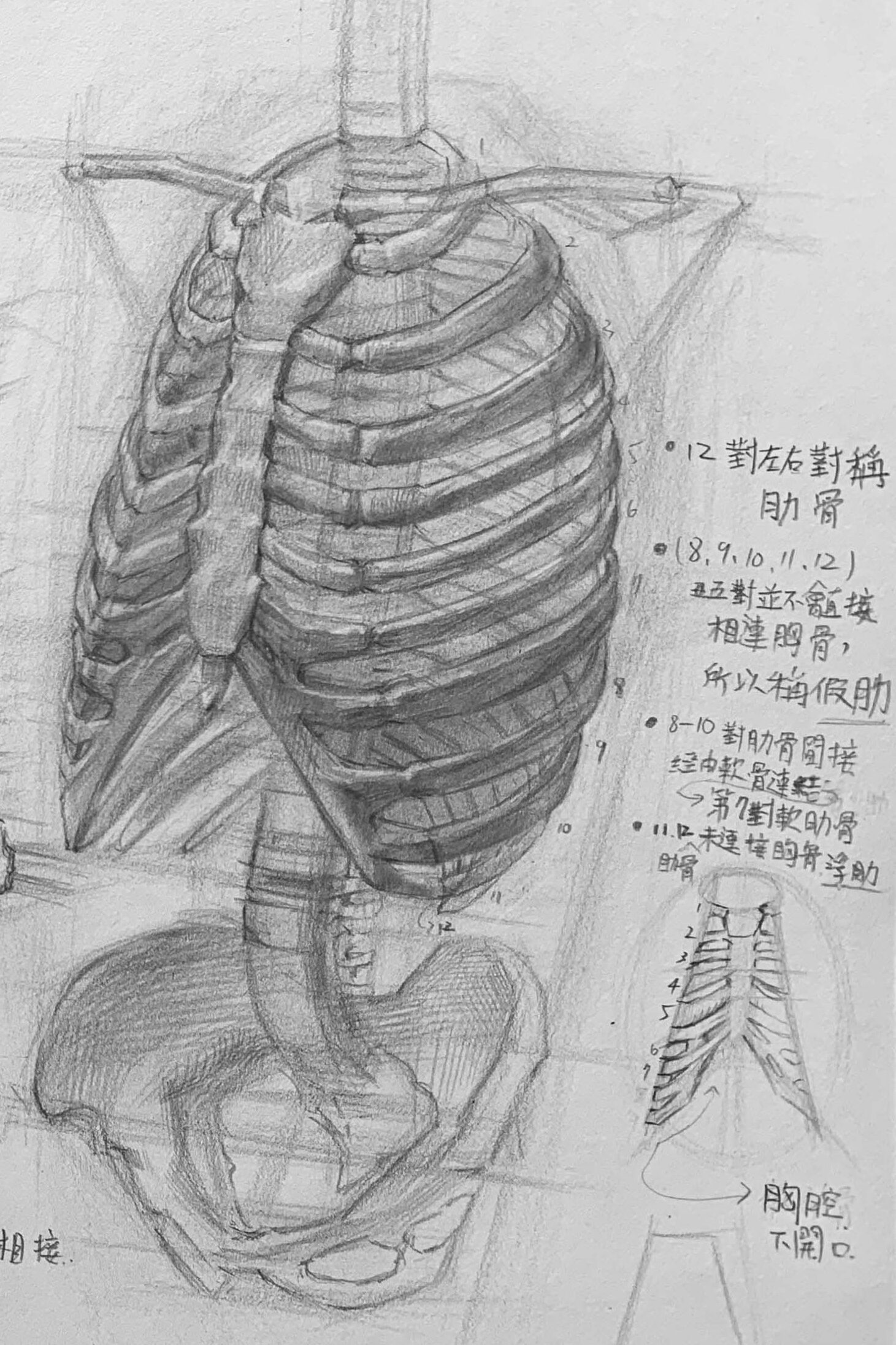
- Floating ribs: The 11th and 12th pairs do not connect to any skeletal structure at the front and are suspended freely.
Ribs are not arranged horizontally; they slant downward from back to front.
Understanding the perspective and form helps in grasping how the ribs encase the thoracic cavity.
Structure of the Rib Cage
- The shape resembles a slightly flattened egg, an elongated oval.
- The front is flatter, the sides are thicker, and the bottom narrows into an inverted V shape.
- Its function is to protect internal organs and serve as a support point for the shoulders and arms.
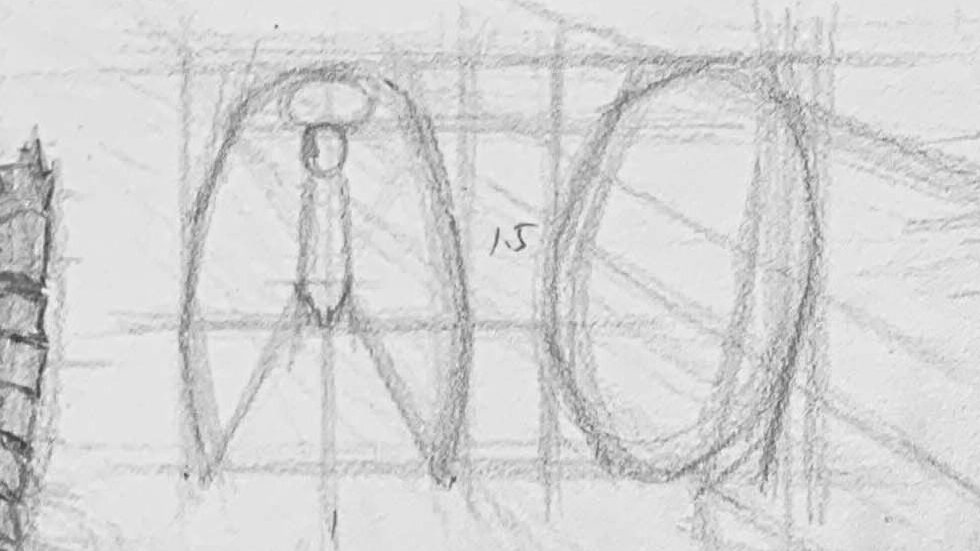

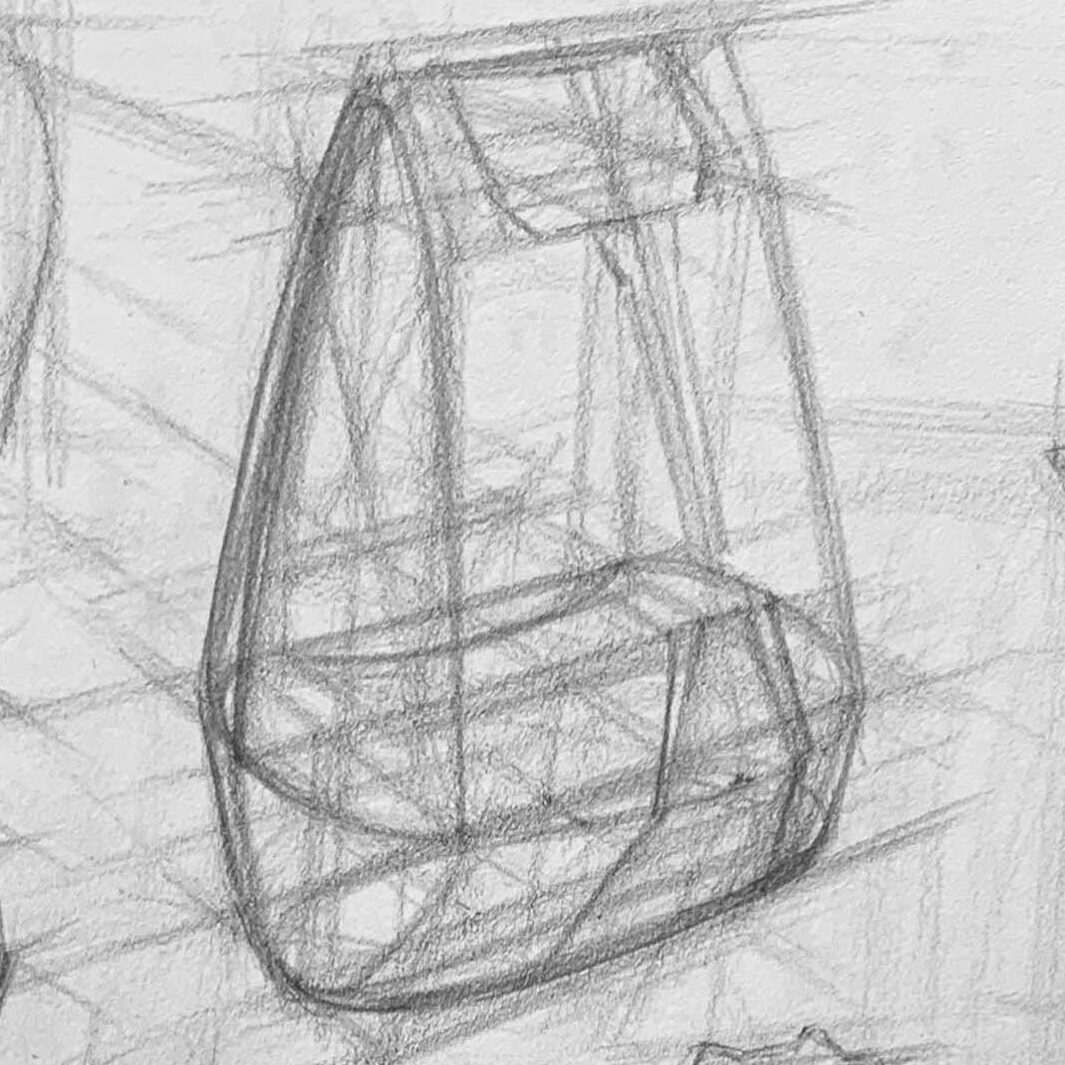
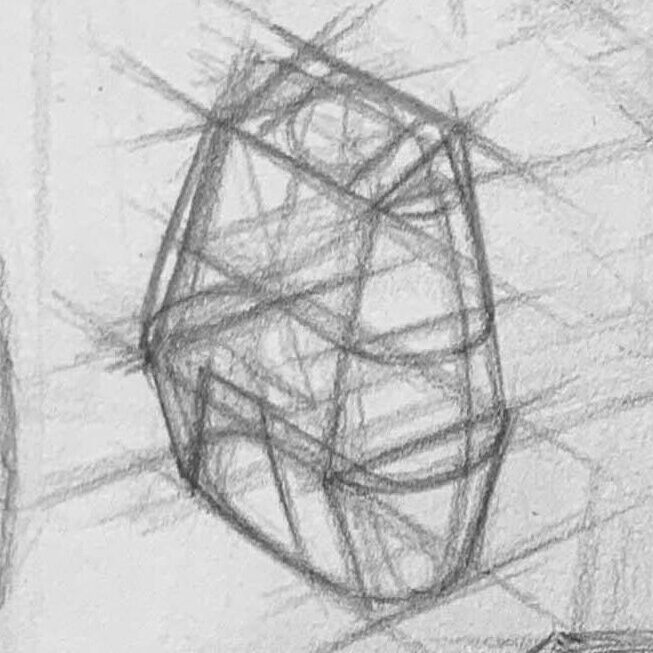
Relationship Between Thoracic Vertebrae and Ribs
The posterior ends of the ribs connect to the thoracic vertebrae through joints, not suspended independently.
For example, each rib acts like a cantilever, connected to the spine via ball-and-socket joints.
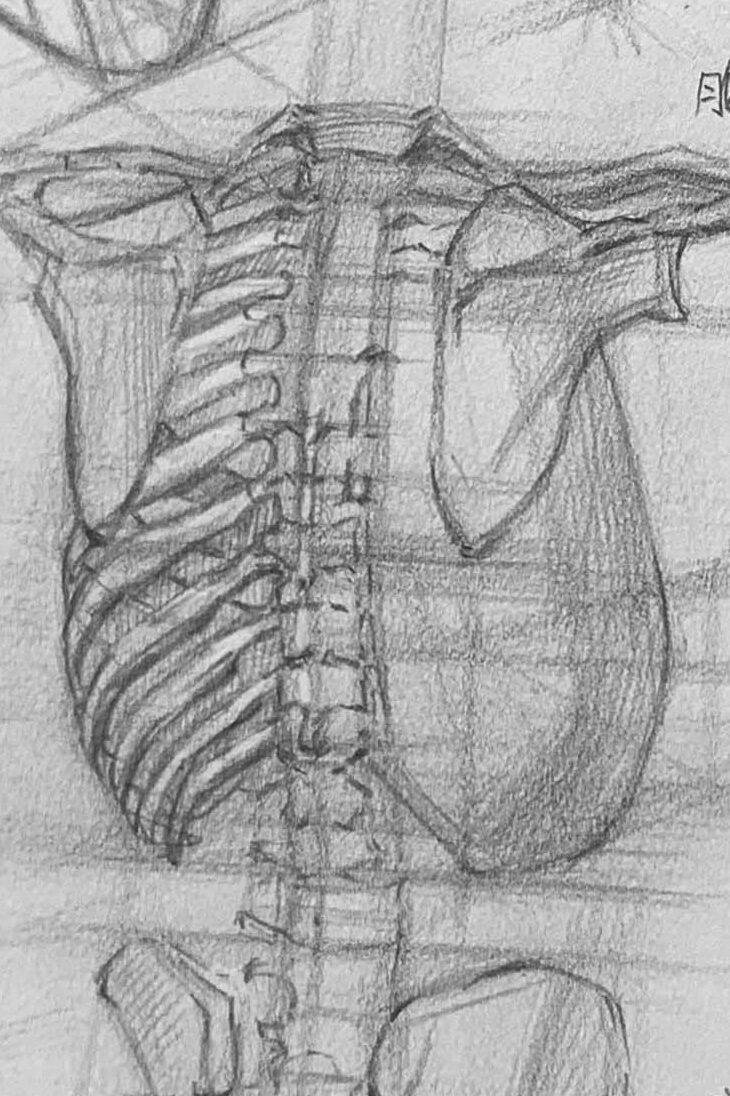
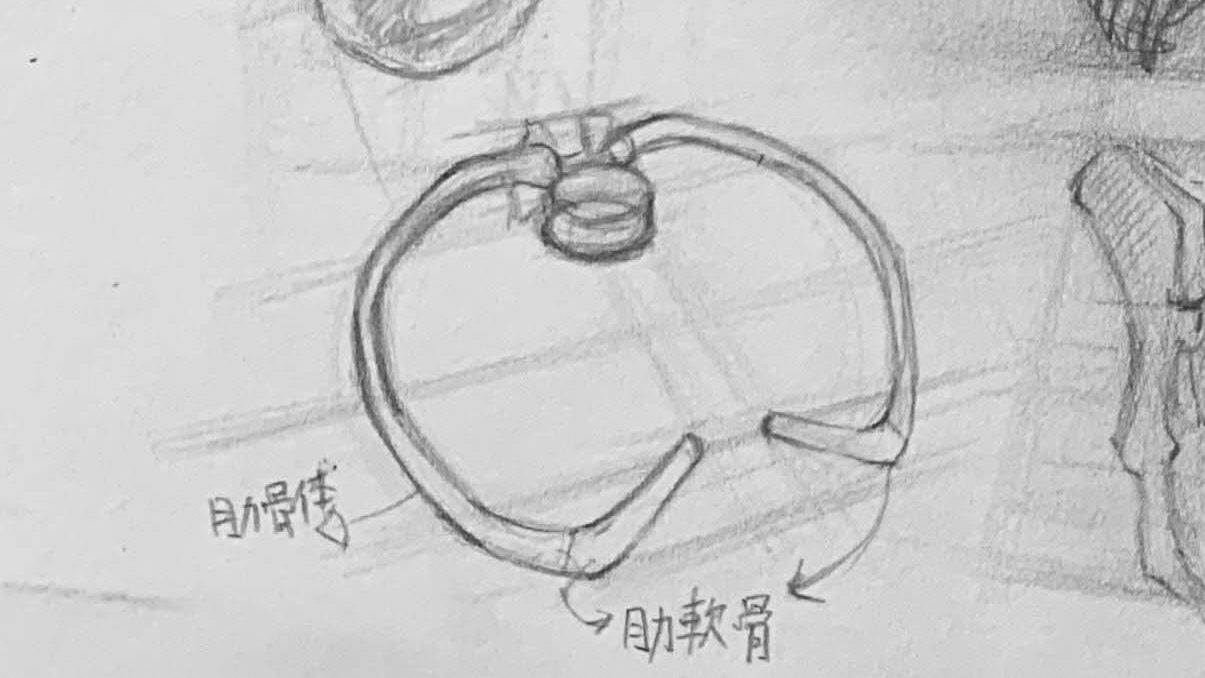
Function and Positioning of the Sternum and Xiphoid Process
Located at the center of the chest, the sternum is a long, flat bone to which the front ends of the ribs connect.
At its lower end is the xiphoid process, a small, pointed bone.
- The sternum comprises three parts: the manubrium, body, and xiphoid process.
- It serves as the base connecting costal cartilages and as an attachment point for many muscles.
- The position of the xiphoid process helps in understanding the starting point of the abdominal muscles and the location of the stomach.
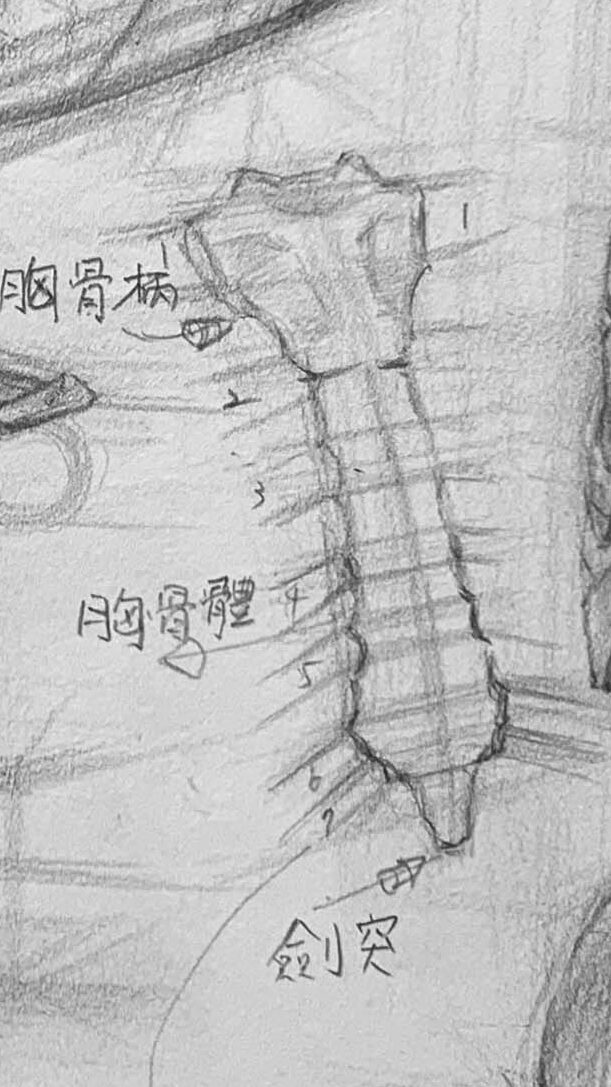
Spine
- The spine is a slightly S-shaped curved column (primary structure of the body, supporting the body's weight).
- It connects the skull above and the pelvis below.
- The torso includes:
- Cervical vertebrae: 7 segments (neck)
- Thoracic vertebrae: 12 segments (connect to ribs)
- Lumbar vertebrae: 5 segments (lower back)
- When drawing the back of the torso, pay attention to the position of the spine's centerline.
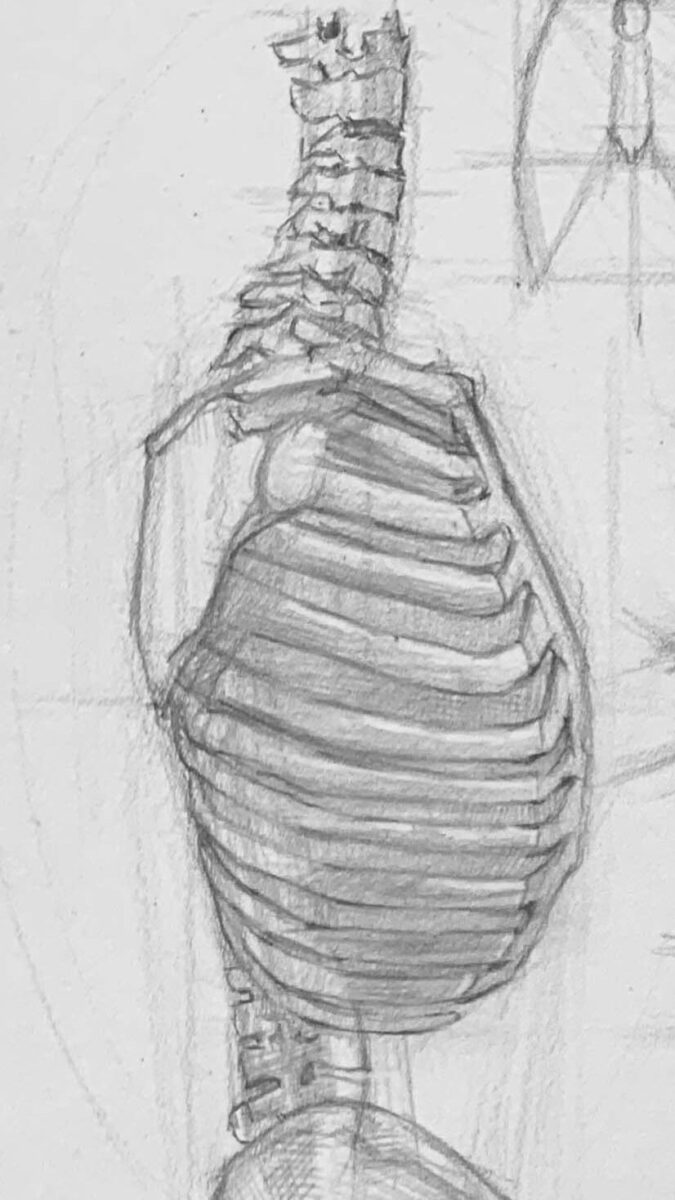

The spine is not a straight line; it has a natural "S" curve. Drawing it straight makes the figure appear stiff.
Suggested Practice for Drawing the Rib Cage:
1.Practice drawing the rib cage's arcs and slopes using geometric frameworks.
2.Practice the layered structure of the ribs.
3.Convert front and back views into side perspectives.
4.Practice transforming the front skeletal view into a three-dimensional side view.
―――――――――――――――――
Pelvis
The pelvis supports the upper body's weight and connects the legs, resembling an inverted triangular bowl.
- Its shape is like an upside-down bowl with two wide bone plates.
- It is a crucial support point connecting the lower limbs and torso.
- The pelvis's tilt angle affects the distribution of weight in standing and sitting postures.
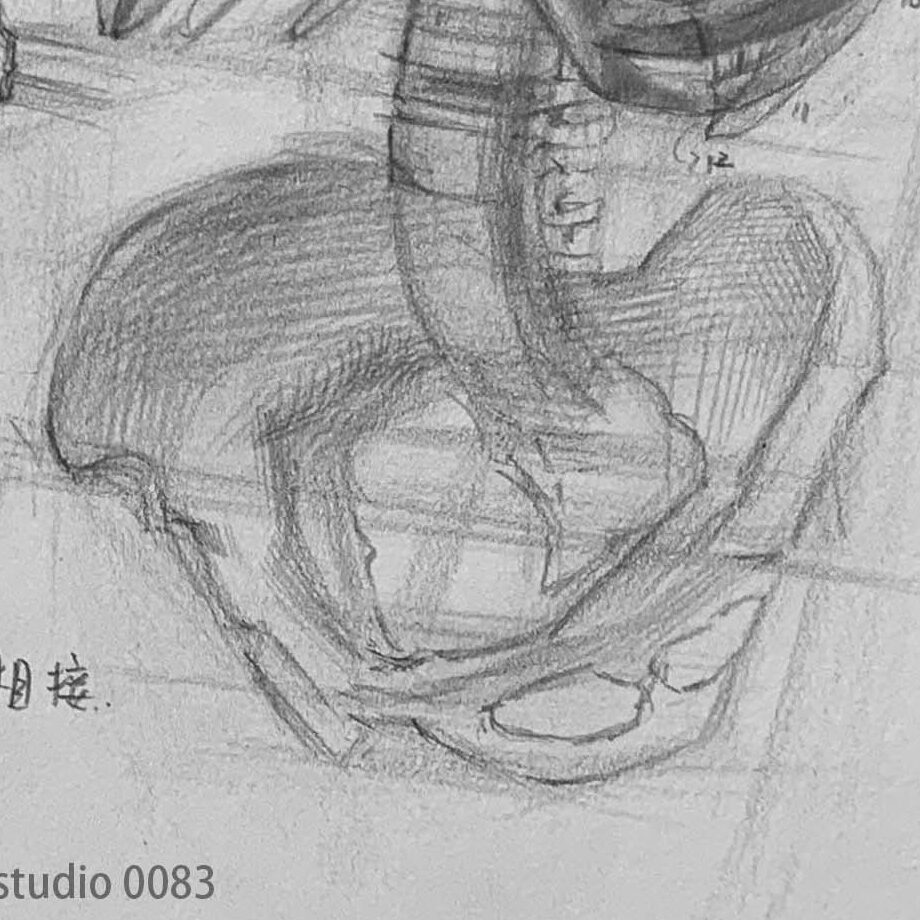
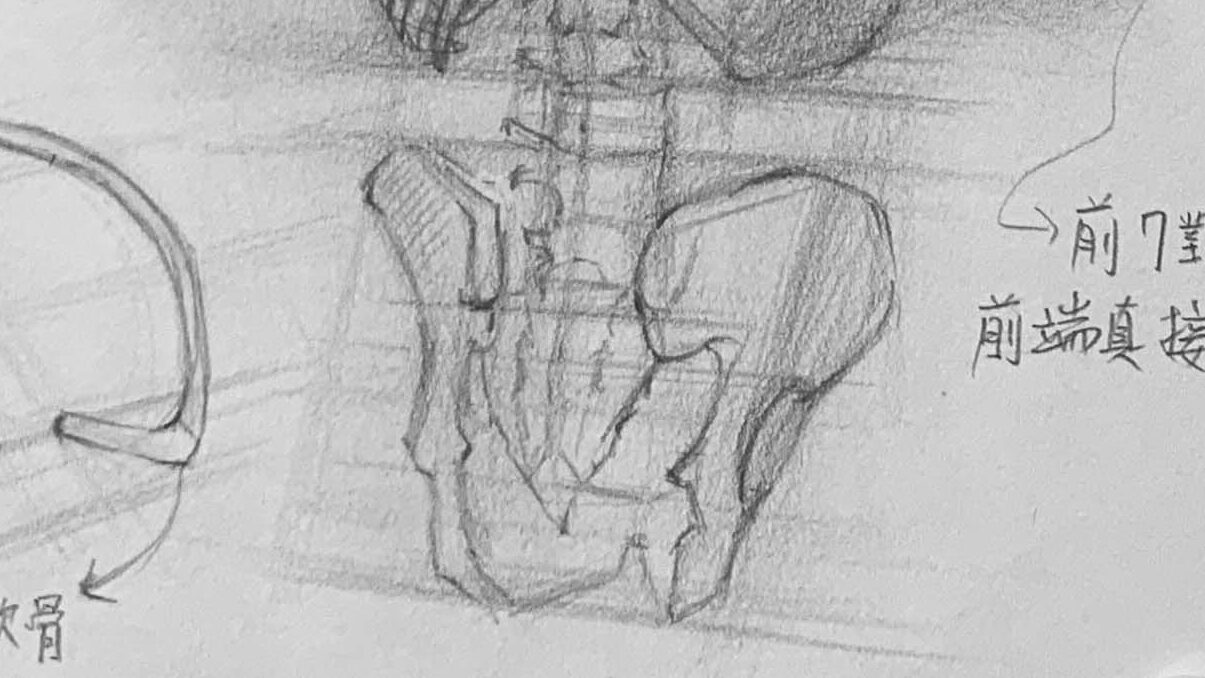
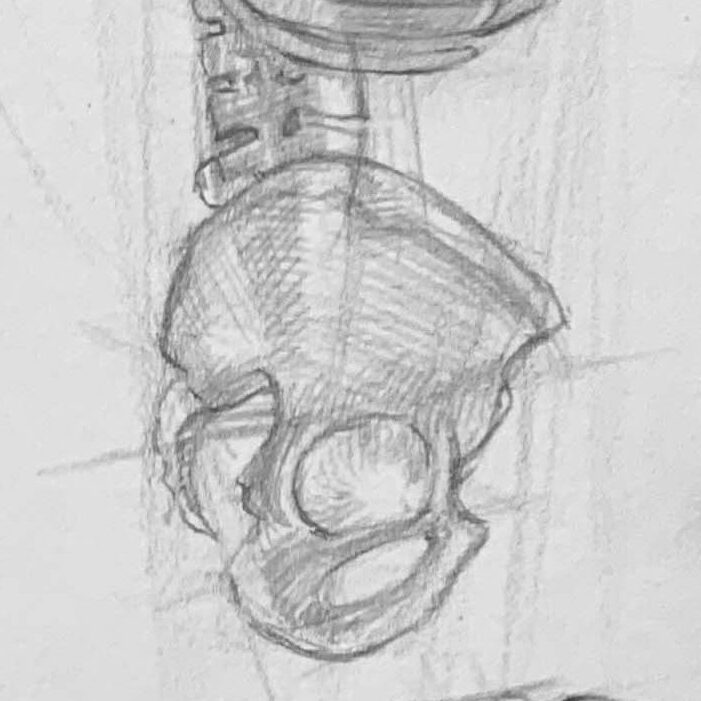
Tip: The protruding iliac bones on both sides of the pelvis can serve as reference points when observing body twists.
Summary of Torso Skeleton
When drawing the torso's skeleton, remember:
- Focus on the overall shape, prioritizing the egg-shaped rib cage and its proportion to the pelvis.
- Between the ribs and pelvis, the spine naturally extends in a slight S-curve.
- Setting the torso's dynamics, such as side bends or twists, will affect the changes in the torso's centerline.
透過這樣結構分層理解胸腔畫法,
By understanding the rib cage's structure in layers, you'll find that even with simple lines, you can draw a torso that feels supportive and naturally flowing!
體!
―――――――――――――――――
How to Draw Upper Body Muscles?
Let's delve into understanding muscles, which are like "cloth draped over bones," layered upon each other.
Let's delve into understanding muscles, which are like "cloth draped over bones," layered upon each other.
Pectoralis Major
- Commonly known as the "six-pack" area.
- Arranged as two vertical muscle bands, divided into distinct muscle blocks by tendons.
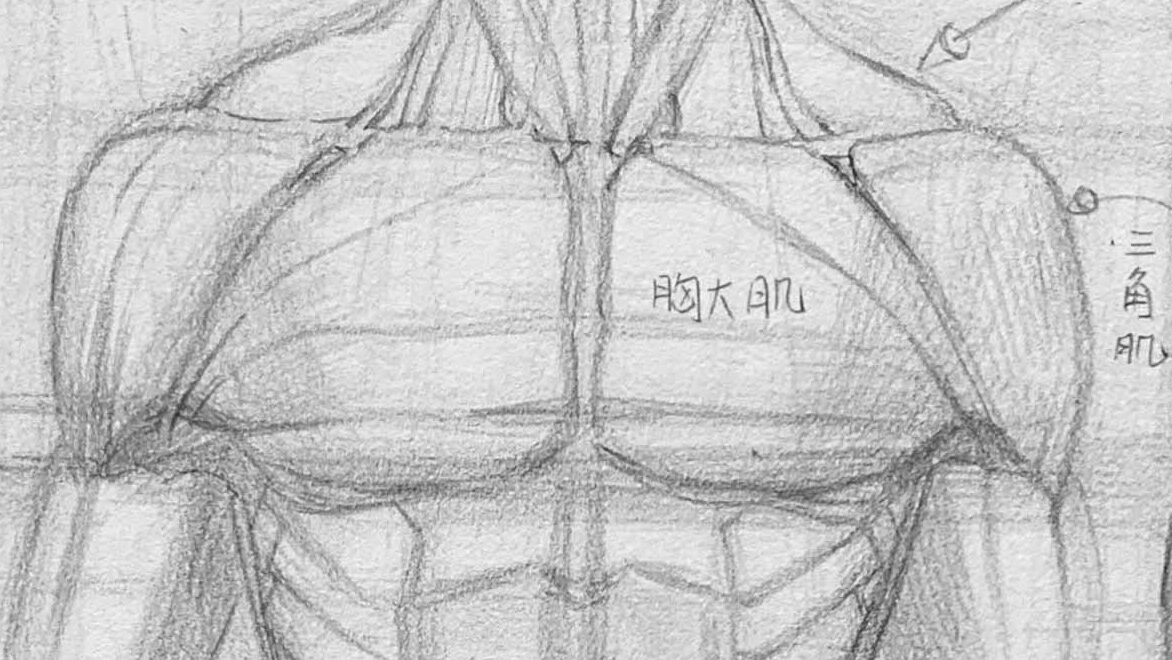
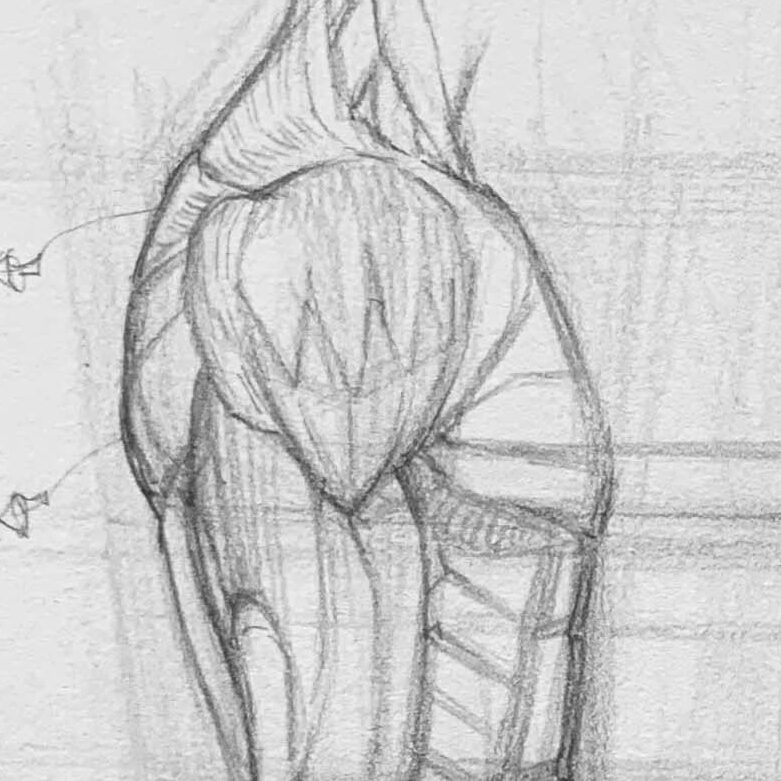
Tip: Even in bodies where muscle lines aren't prominent, the central structure of the abdomen can be subtly indicated.
Trapezius
- Located in the upper back, shaped like a large diamond.
- Extends from the back of the neck to the shoulders and down to the mid-back.

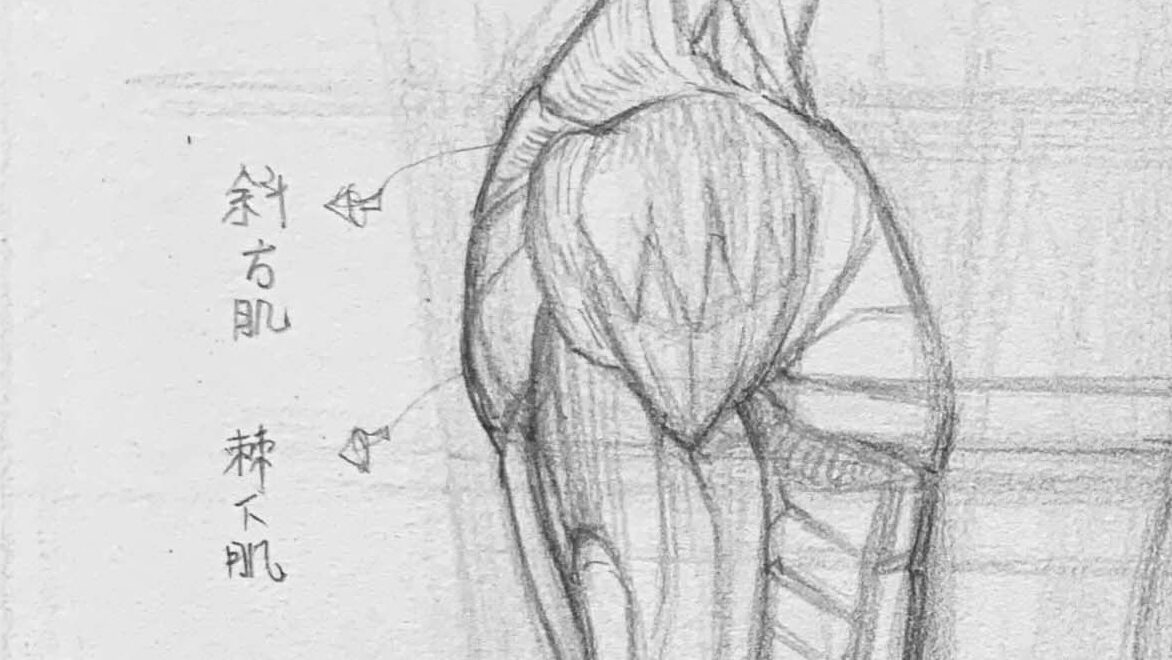
Tip: When shoulders are relaxed, the trapezius extends smoothly; when shrugged or tense, its contours become more pronounced.
Latissimus Dorsi
Located in the lower back, shaped like a large, spread-out fan.
Its function is to pull the arms backward and downward.
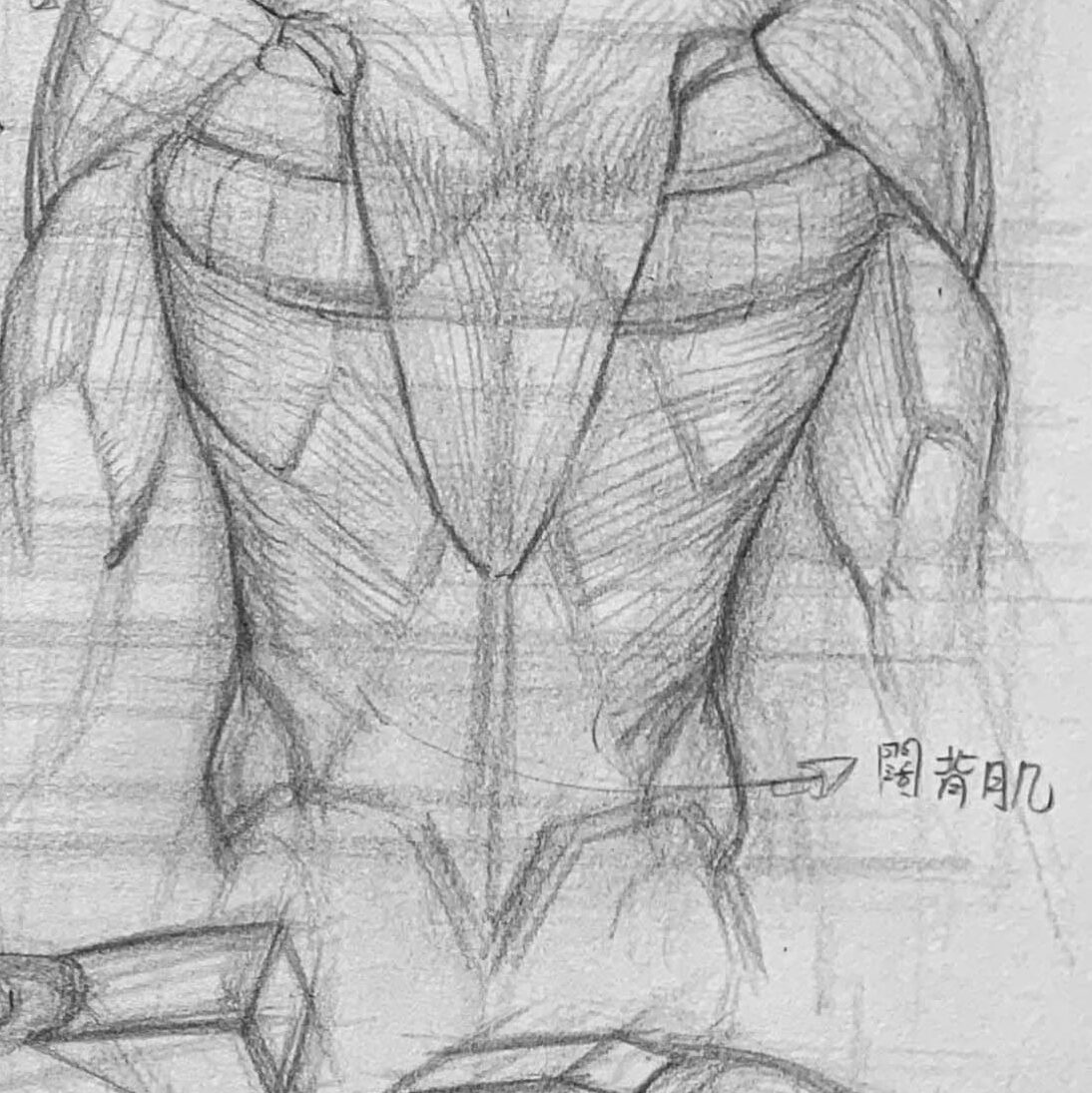
小提示:
Tip: The latissimus dorsi is key to making the back appear "expanded." Pay attention to its transition with the waist.
Deltoid
Covers the shoulder, allowing the arm to rotate and lift in multiple directions.
It wraps around the outer shoulder, resembling a thick triangle.
Divided into anterior, middle, and posterior bundles, each responsible for different arm movements.
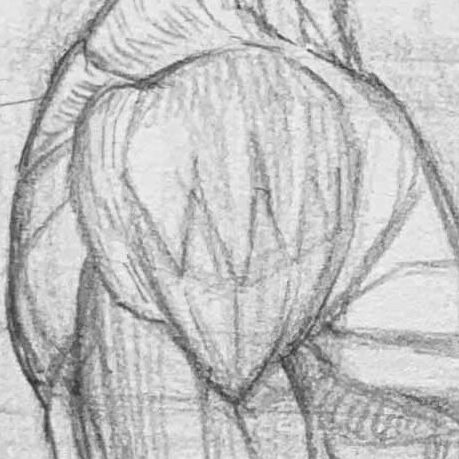

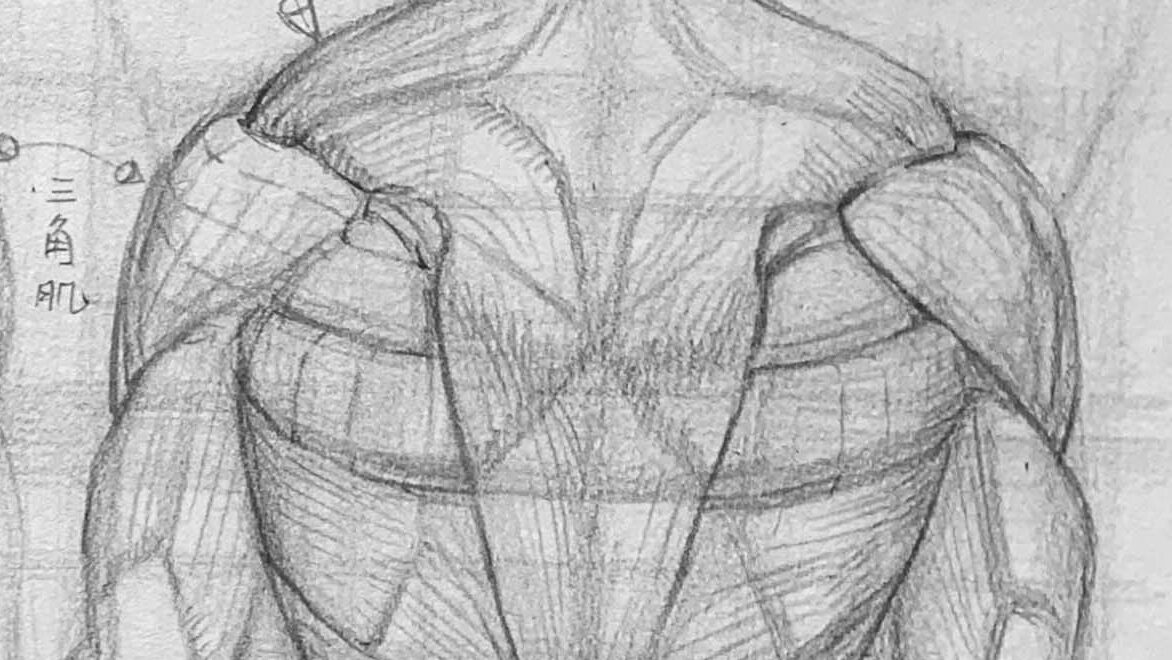
Tip:
When drawing side movements, the natural turn of the deltoid can greatly enhance the smooth connection between the shoulder and arm.
When understanding muscles, remember:
Start with the skeletal foundation; muscles attach and follow the skeleton.
Focus on major muscles (chest, back, abdomen, shoulders) to build the overall impression.
Then gradually observe and add details.
―――――――――――――――――
Simplifying Torso Structures into Geometric Shapes
The human body has many lines and changes when in motion. Using geometric blocks helps stabilize the center of gravity, direction, and proportions.
Especially the corresponding angles between the rib cage and pelvis determine the overall movement.
When drawing the torso, we need to find structural points. The diagram below shows marked positions.
These positions are turning points of block shapes, where shadows and volumes occur. It's recommended to simplify muscles into geometric shapes first, making it easier to control and check structural perspectives.
| Structure Name | Simplified Shape | Function Description | Observation Starting Point |
|---|---|---|---|
| Rib Cage | Deformed octagon or cylinder | Fixes thoracic vertebrae, connects shoulder girdle | Neck → both sides of sternocleidomastoid → sternal angle |
| Pelvis | Flat block, triangle | Lower body support point, abdominal undulation | Base of spine → iliac wings → ischial points |
| Shoulder Girdle | Horizontal bar + sphere | Clavicle direction affects arm's forward and backward movements | Clavicle → Shoulder → Arm as a spherical joint |
| Neck | A short cylindrical | form connecting from the 7th thoracic vertebra | it aligns and extends from the dip at the center of the chest |
Key Observations for Torso Structure Transitions
- Observe the tilt angle between the head and rib cage—it helps to visualize the upper body as a slightly slanted rectangular block to understand its orientation.
- The angle between the shoulder extension line and the central line of the chest.
- The Z-shaped connection between the bottom of the rib cage and the top edge of the pelvis.

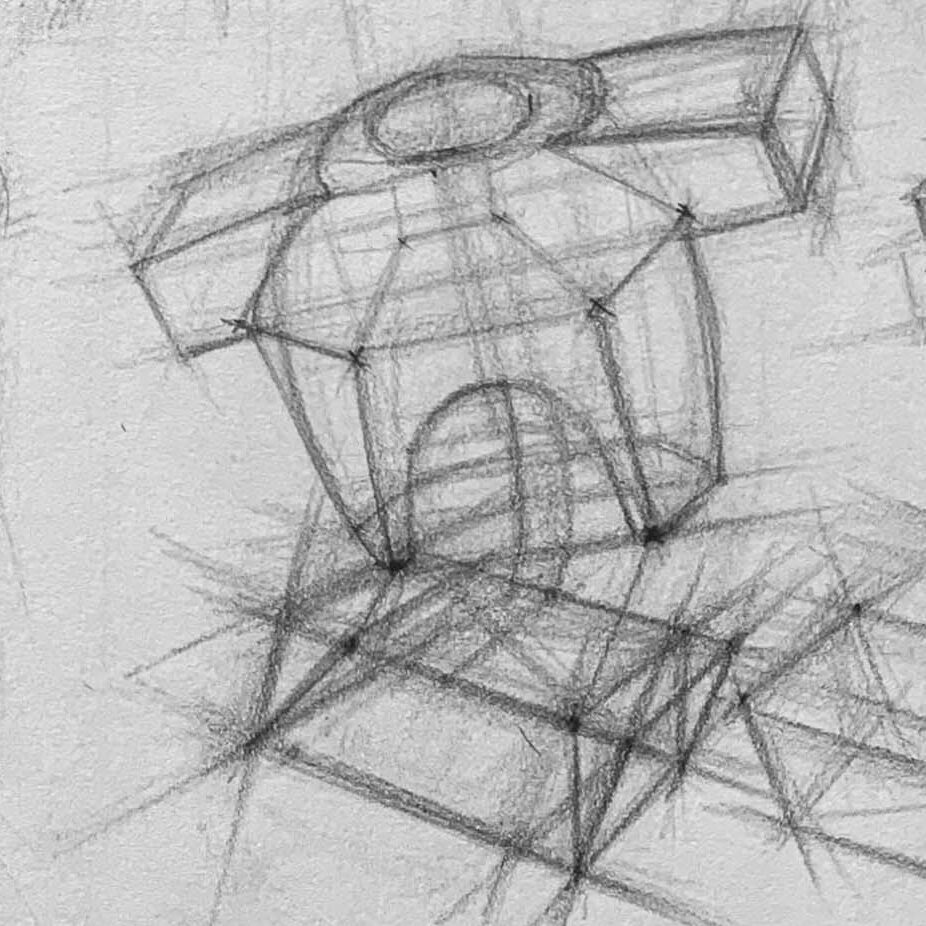
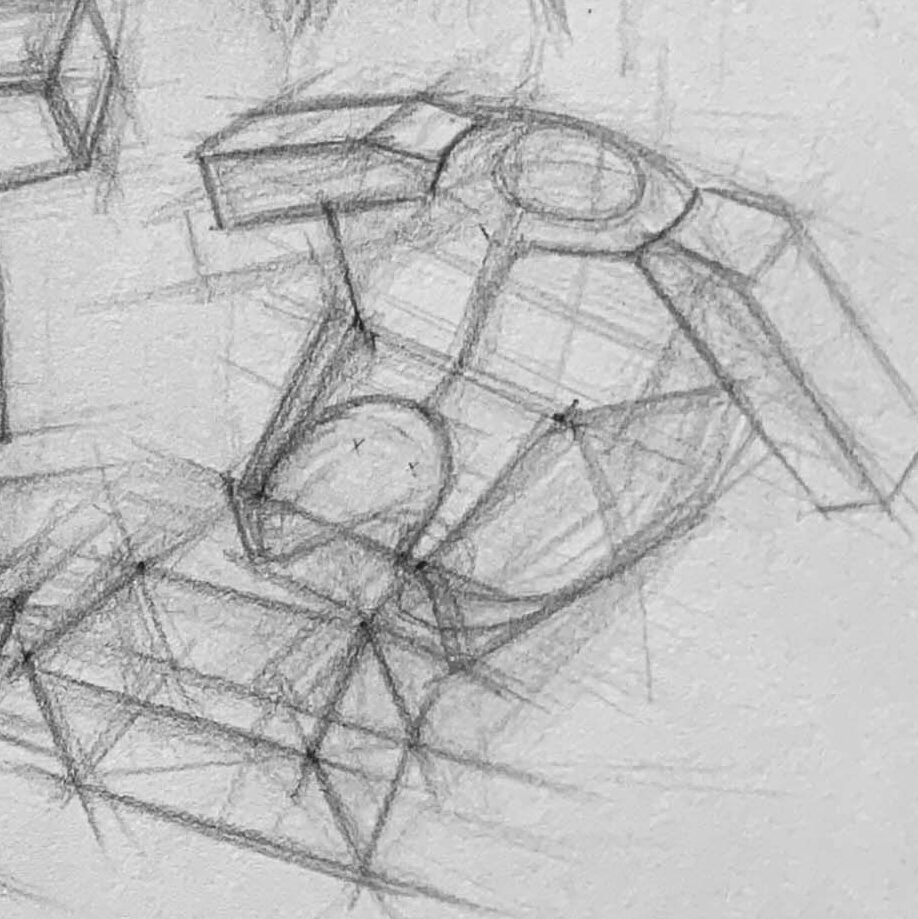
How to Draw a Half-Body Portrait?
After understanding the torso structure introduced above, we now move on to applying it in figure drawing.
When drawing a half-body figure, it’s recommended to start with a rough sketch to establish the body’s gesture. In the early stage, don’t rush into shading—focus on solving the shapes first.
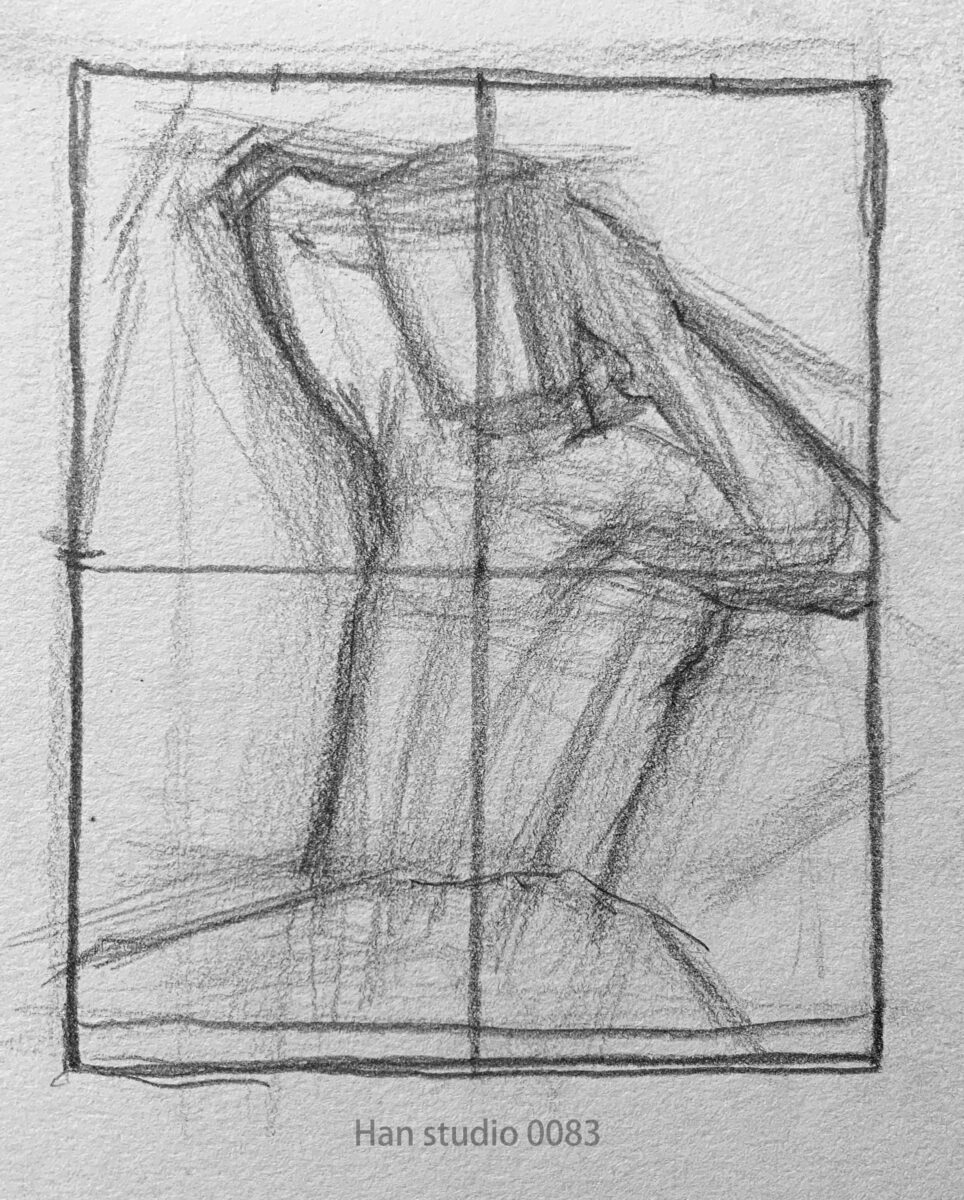
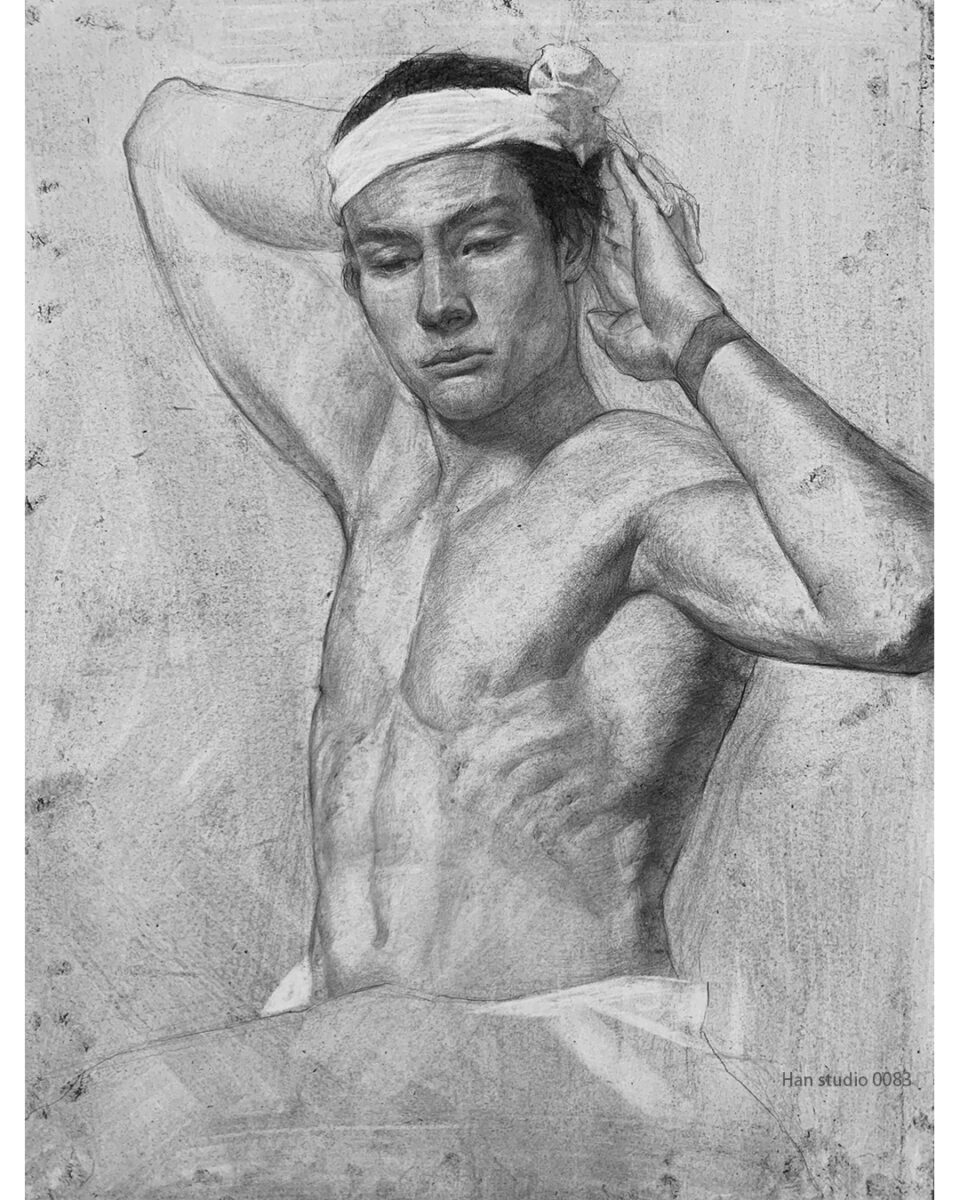
The above is an introduction to basic concepts for drawing the rib cage and torso.Do you also find it challenging to draw the rib cage? Feel free to leave a comment or send me a message on Instagram—we can chat and learn together!Instagram
If you're interested in learning to draw but don't know where to start, or if you'd like to understand the knowledge behind drawing,
feel free to join my LINE and contact me. In my classes, I organize drawing methods in a clear and structured way.
Click here to learn more about my drawing courses!
Further Reading
Human Skull Sketch: Learn Anatomy for Accurate Portraits
How to Draw Arms: Learn Arm Movements and Bone Proportions
How to Accurately Master Hand Proportions and Joint Structure
How to Draw Ears:Simplified Ear Structure and Shading Tips
How to Sketch Facial Muscles: Capture Realism and Expression
Building Up from Simple Contours to Detailed Eye Portraits
Capturing Realism in Lip Drawing: Key Structures and Shading
Understanding the Three Key Elements of Head Structure
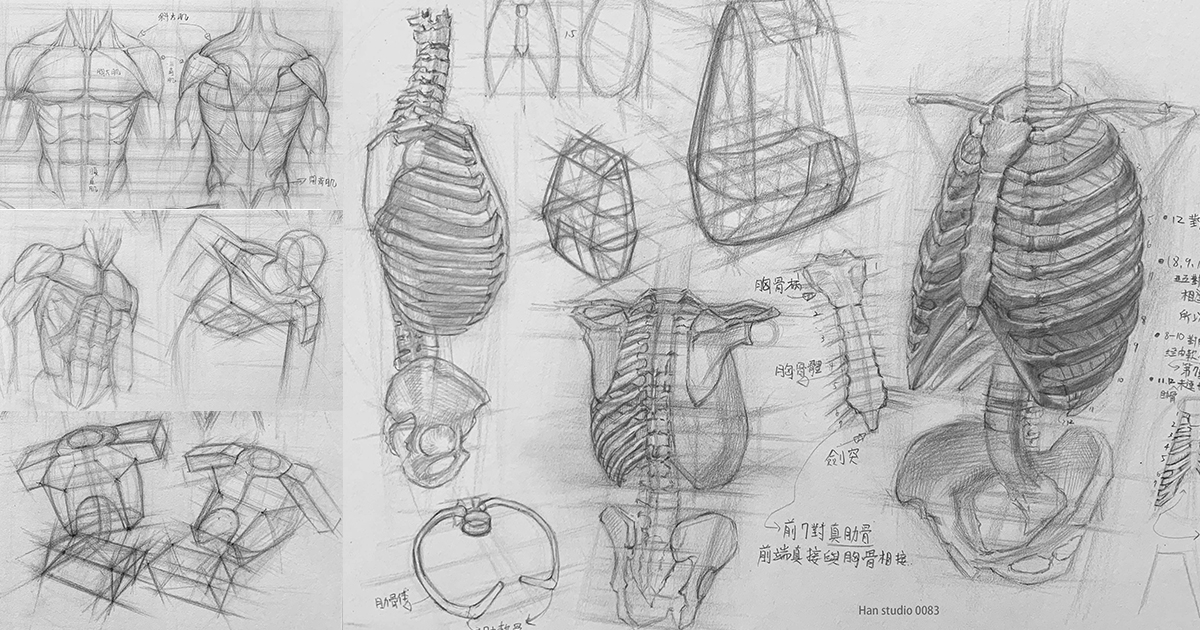


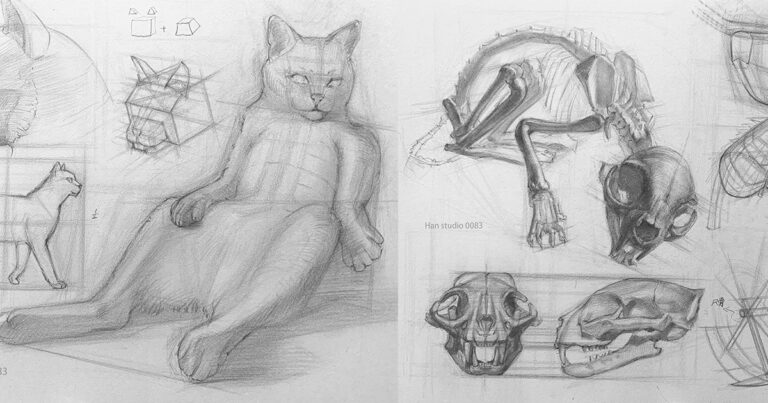
Leave a Reply